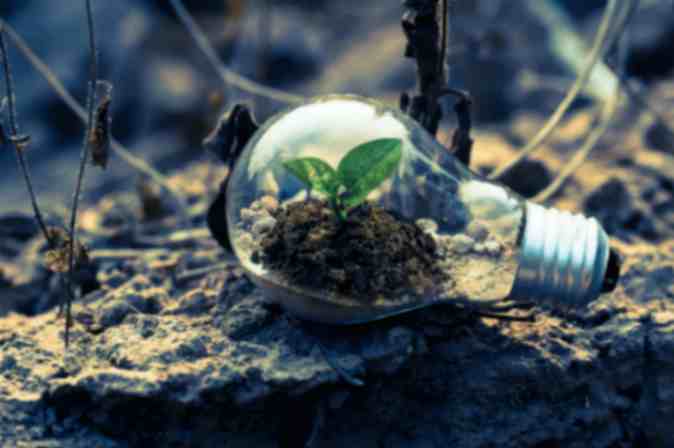
What is a circular economy?
'Circular Economy' the word sounds really good, doesn’t it? But what is the basic idea of Circular Economy? Looking beyond the current take-make-waste extractive industrial model, a circular economy aims to redefine growth, focusing on positive society-wide benefits. It entails gradually decoupling economic activity from the consumption of finite resources, and designing waste out of the system. Underpinned by a transition to renewable energy sources, the circular model builds economic, natural, and social capital. It is based on three principles:
- Design out waste and pollution
- Keep products and materials in use
- Regenerate natural systems
Circular Economy is another way of defining Sustainable Society, which gives back to the nature that we take to make our ends meet.
Rethinking Progress – Circular Economy
There's a world of opportunity to rethink and redesign the way we make stuff. 'Re-Thinking Progress' explores how through a change in perspective we can re-design the way our economy works - designing products that can be 'made to be made again' and powering the system with renewable energy. It questions whether with creativity and innovation we can build a restorative economy.
The concept of a circular economy
In a circular economy, economic activity builds and rebuilds overall system health. The concept recognises the importance of the economy needing to work effectively at all scales – for large and small businesses, for organisations and individuals, globally and locally.
Transitioning to a circular economy does not only amount to adjustments aimed at reducing the negative impacts of the linear economy. Rather, it represents a systemic shift that builds long-term resilience, generates business and economic opportunities, and provides environmental and societal benefits.
Technical and biological cycles
If you think about the scientific part keeping aside the philosophical part, The model distinguishes technical and biological cycle. Consumption happens only in biological cycles, where food and biologically-based materials (such as cotton or wood) are designed to feed back into the system through processes like composting and anaerobic digestion. These cycles regenerate living systems, such as soil, which provide renewable resources for the economy. Technical cycles recover and restore products, components, and materials through strategies like reuse, repair, remanufacture or (in the last resort) recycling.
Origins of the circular economy concept
The notion of circularity has deep historical and philosophical origins. The idea of feedback, of cycles in real-world systems, is ancient and has echoes in various schools of philosophy. It enjoyed a revival in industrialised countries after World War II when the advent of computer-based studies of non-linear systems unambiguously revealed the complex, interrelated, and therefore unpredictable nature of the world we live in – more akin to a metabolism than a machine. With current advances, digital technology has the power to support the transition to a circular economy by radically increasing virtualisation, de-materialisation, transparency, and feedback-driven intelligence.
What can we do?
Circulareconomy isn’t an overnight movement. It will require our constant support through sustainable acts and being responsible towards our own actions that cause even small harm to nature. Even stopping a dripping tap, switching off a bulb or recycling waste paper and cans. Every such action gives a great contribution towards the Circular Economy.
By : Ajinkya Shinde | ChangeMaker
